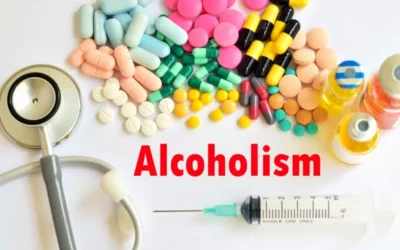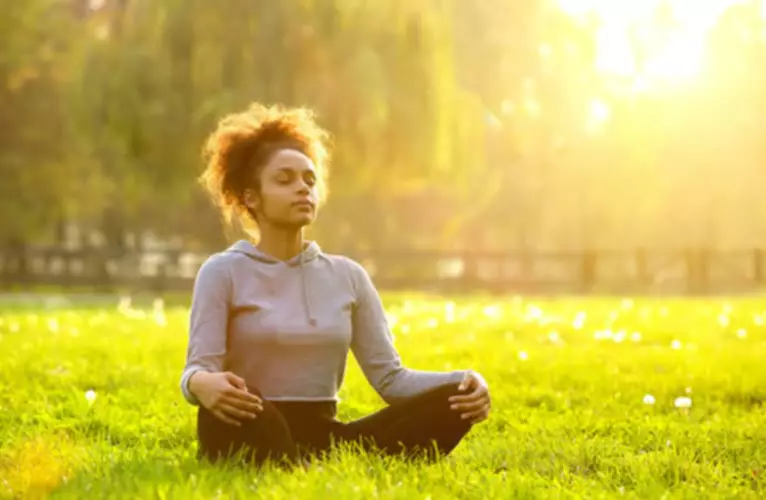How Yoga and Mindfulness Help with Addiction
Content
- Join Yoga Journal
- Finish the Meditation
- Gradually Increase Your Meditation
- Does Everyone Experience the Same Benefits?
- III. Mindfulness Oriented Recovery Enhancement
- How the Kundalini Meditation Practice Works
- Combining the Power of Kundalini Yoga with the 12 Steps of Recovery from Addiction
- Starting a Yoga Practice During Pregnancy: A Guide
These meditations can help break destructive tendencies and reawaken the self. Individuals, teachers and counselors will find this book an inspiring introduction to life-changing habits. Punjabis and Sikhs worldwide are addicted to
drugs/alcohol and other negative habits. Also, there is some evidence of the effectiveness of this type of meditation specifically for people with obsessive-compulsive disorder (OCD) and generalized anxiety disorder (GAD). For instance, an 8-week intervention using Kundalini meditation led to lower anxiety for participants compared with those in a conventional treatment group.

Yoga can also help you mitigate levels of cortisol, adrenaline, and other stress hormones that can cause a relapse. With hormones under better control, you are less likely to feel the effects of the emotions these hormones can cause, meaning a reduced chance of emotions such as anxiety or depression. Yoga can also provide a useful release for physical discomfort experienced during withdrawal and give you a healthy release that helps you to overcome withdrawal symptoms in a natural and healthy way. By practicing mindfulness during yoga sessions, people in addiction recovery can develop greater self-awareness – recognizing negative thought patterns or triggers before they lead to substance use. Combining walking with yoga can enhance the benefits of both practices. Yoga poses can help improve flexibility, balance, and strength while providing mindfulness and meditation opportunities.
Join Yoga Journal
A sense of uncertainty and insecurity has given way to feelings of hopelessness. Many resort to self destructive behaviors to ease their pain, making matters far worse. This self paced video course will take you through all 12 Steps, using Kundalini Yoga, meditation, breathing, writing, and action steps.

Practicing yoga before bed has been shown to reduce stress levels, calm the nervous system, and improve overall sleep quality. This can help individuals in recovery establish healthy sleeping patterns essential for maintaining physical and mental health. Through regular practice of Yoga Nidra, individuals can learn to regulate their emotions better and improve their overall mental health. It has been shown to reduce stress levels and anxiety, which often contribute to substance abuse.
Finish the Meditation
Practicing yoga outside during a walk allows individuals to focus on their breath and surroundings, helping them stay present in the moment instead of being consumed by negative thoughts or cravings. Meditation helps rewire the brain by promoting self-awareness and strengthening the prefrontal cortex, which is responsible for decision-making and impulse control. Through regular https://ecosoberhouse.com/ practice, individuals can learn to regulate their emotions effectively rather than relying on drugs or alcohol. Let’s explore how different types of yoga can aid in addiction recovery, along with some specific poses, breathwork techniques, and mantras that you can incorporate into your daily routine. Meditation and yoga have the benefit of decreasing depression and anxiety.
- Kundalini meditation is part of Kundalini yoga and is meant to move energy through the body.
- We can then heal and continue our evolution towards personal freedom.
- Yoga helps to create a more nurturing spirit which helps the addict learn to look within themselves to build strength to face the outside world and its challenges.
- But they do open us up to new ways to manage our emotions, new ways of experiencing ourselves, the body, the mind.
This meditation helps you break internal habits like feeling inferior, needing acceptance, lack of self-love and various phobias. And, it excels at helping you to break external habits like food dependency, and alcohol or drug dependency. Here is a meditation that will help you break bad habits and establish new ones. Gently but firmly press the thumbs into the soft area of your skull just to the sides of your eyes in the temple area.
Gradually Increase Your Meditation
Slowly, with the help of good sponsorship, working a program and practicing yoga, meditation and spending time in nature, I began to emerge from the darkness. Group therapy for addiction recovery is a powerful tool that can help individuals struggling with substance abuse to connect and share their experiences with others who are going through similar challenges. In group therapy, participants meet in a safe and confidential environment to discuss their feelings, thoughts, and behaviors related to addiction. Yoga also helps individuals develop a sense of compassion towards themselves and others, which is crucial for healing emotional wounds caused by addiction.
Can meditation get rid of addiction?
The short answer: yes, meditation has been proven to support addiction recovery by helping you feel calm, cope with triggers and avoid relapse. While it does not replace a comprehensive addiction treatment program with professional medical support, meditation can be a valuable holistic tool.
Allow your lower jaw to fold down, pushing gently into your neck in a light neck lock. The pressure exerted by the thumbs triggers a rhythmic reflex current into the central brain. This current activates the brain area directly underneath the stem of the pineal gland helping to restore balance.
In 2010, at a year and a half sober, I was suffering from those underlying issues terribly (depression, anxiety, suicidal thoughts), when my AA sponsor brought me to my first Kundalini Yoga class. I felt like I had come home, and meditation for addiction recovery that the daily relief I had been searching for had finally been found. I began doing Stretch Pose and Ego Eradicator every day before getting out of bed, and it was suggested that I start a 40 day practice of Kirtan Kriya.
What does a Kundalini surge feel like?
Common features of kundalini awakening
The energy feels unbearably strong or painful, often accompanied by shaking, jerking, or spasms.
Since the three models described above do not include traditional yoga practice, the possible benefit of yoga for addiction remains to be studied. In order to guide future research, we propose a theoretical model that integrates traditional yoga practice with current knowledge of addiction. This summer, join us for the Yoga, Meditation, and Recovery Conference—where presenters Rolf Gates, Nikki Myers, and Tommy Rosen will guide participants to find connection, balance, and tools for deepening resilience in support of addiction recovery. As an experiment, he housed two heroin addicts in his center in Washington, D.C.
III. Mindfulness Oriented Recovery Enhancement
At Recovery Cove, we provide clients with unique skills like yoga and other mindfulness practices to use as a coping mechanism. Yoga and meditation in recovery can help prevent future relapses, regain control, and help you to find an improved and happier life. Rehabilitation for substance use disorder isn’t simply about helping you get sober—instead, it should be a continuous resource where you can develop new, healthy strategies to use in the future. That’s why we teach meditation, yoga, and other mindfulness practices to help you recover and find a better life. They are asked to make changes and to discontinue negative behaviors, thoughts and actions.
Starting a new practice can be intimidating, especially concerning something as personal and transformative as yoga for addiction recovery. First, yoga helps regulate the nervous system by reducing stress hormones like cortisol and adrenaline. This leads to decreased levels of anxiety and depression among practitioners. If you or a loved one is struggling with an addiction to drugs or alcohol, help is available. Call and speak to a caring professional at Anabranch Recovery Center located in Terre Haute, Indiana.
Similarly, does pursuing yoga or meditation as a form of spiritual growth influence outcomes or underlying mechanisms of therapeutic change compared to viewing these practices solely as stress reduction or relaxation techniques? Answers to these kinds of questions will continue to grow the evidence-base for yoga and mindfulness as complementary therapies for treating addiction and preventing relapse in an era of increasingly “personalized” medicine. Yoga and mindfulness teachings share a fundamental belief in “mindful” awareness of experiences and emotions as they arise, without having to change them. Addictions are born as a result of “mindless” states involving escapist attitudes, automatic thinking, emotional reactivity and social isolation. The sense of loss and emptiness that occurs with addiction is often filled by nicotine, alcohol or other substances and the loss-addiction cycle develops.
What Kundalini does to the brain?
Affect on the Brain: Kundalini awakens the body and the mind. The brain comes alive as levels of awareness and energy are heightened. When we activate the brain in this way it has been known to slow down the aging process and increase immunity functions.
